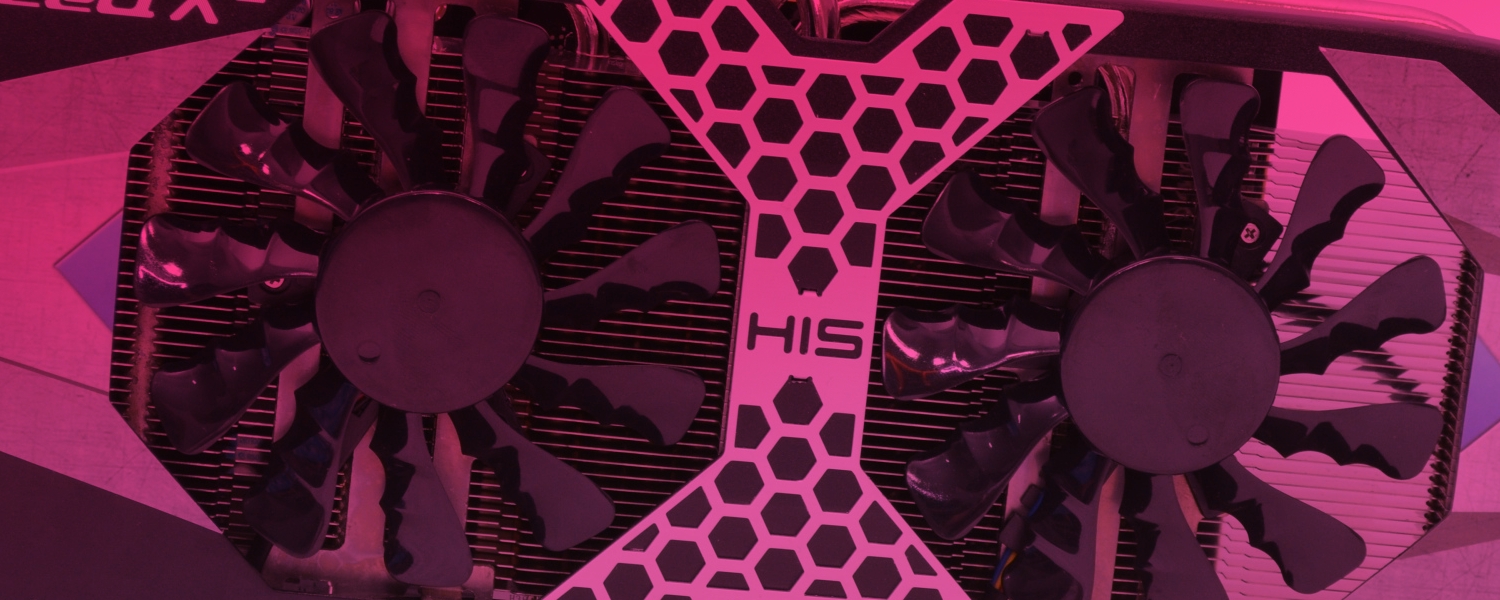Wrap Up: No Surprises Here
We'd like to thank HIS for supplying us with their Radeon R9 IceQ X² graphics cards. The company's IceQ X² cooler performed exceptionally on all three cards and they look great, too.
The Radeon R9 390X delivered exactly what you'd expect for a slightly beefed up R9 290X with 20% faster GDDR5 memory. Before we began testing we felt it was unrealistic for the R9 390X to offer more than a 10% performance boost over the R9 290X and that assumption appears correct.
From the eight games we tested, the R9 390X was on average 9% faster than the R9 290X, 8% faster than the plain R9 390 and 6% slower than the GeForce GTX 980. The fact that AMD is offering such a small performance bump after 18 months will no doubt disappoint many of you. The truly unfortunate part is the R9 390X's price.
Currently the R9 290X can be had for $330, so given the age of the R9 290X and the fact that the R9 390X offers such a small performance bump, it should be introduced at about the same price.
Sadly, however, the R9 390X carries an MSRP of $430, 30% more than the current R9 290X for less than 10% additional performance. This is still a better value than the GTX 980, costing 14% less for just 7% less performance, but it's hardly enough to get us excited.
This leaves us looking at the R9 390. The R9 390 is a considerably better value at $330, making it ~20% cheaper and just 7% slower than the 390X.
The R9 390 roughly matches the performance of the R9 290X, while technically being faster than the GTX 970, though the performance was much the same for both camps here. Both GPUs should cost about the same, too, so you could go either way though the GeForce consumes less power, runs cooler and will overclock better.
Finally, we have the R9 380 at $200, a price point AMD has previously smothered with products. For the same price as the R9 285, the R9 380 is on average 8% faster and 6% slower than the R9 280X while matching the GTX 960. Picking between the R9 380 and GTX 960 will come down to personal preference, and again the Nvidia card has an edge in power consumption, cooling and overclocking.
It was interesting to see in games such as Tomb Raider which have been optimized for the 3.5 year old HD 7950, the new R9 380 was no faster. In fact, if we overclocked the 7950 to match the R9 380's clock speeds, the older HD 7950 is actually a bit faster.
It's worth mentioning that with the supplied AMD Catalyst 15.15 Beta driver, the new Radeon 300 series GPUs were slower than the 200 series in games such as Dragon Age: Inquisition, so there's still room for optimization. We also found horrible scaling performance in Grid Autosport at 1080p and 1600p.
Power consumption figures were comparable to previous generation cards, with the R9 390X being in line with the R9 290X for example.
The Radeon 300 series is a bit of a mess. Some cards are GCN 1.2, some are GCN 1.1 and some are even GCN 1.0 if you can believe that. Granted, this was also the case with the Radeon 200 series, but now the mix of architectures is even more prolific.
The only saving grace here is the upcoming R9 Fury X, which is coming next Wednesday for $650 and should outperform the GTX 980 Ti for the most part – we expect it to sit between the GTX 980 Ti and Titan X. Armed with a whopping 4096 stream processors and the new HBM memory interface for an incredible 512GB/s memory bandwidth, the Radeon R9 Fury X is going to be a serious contender in the high-end GPU domain (see early benchmarks here). We look forward to that.

